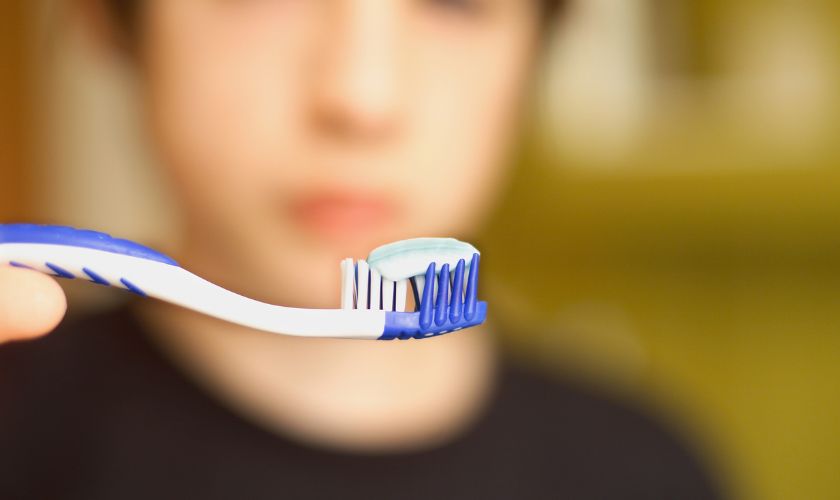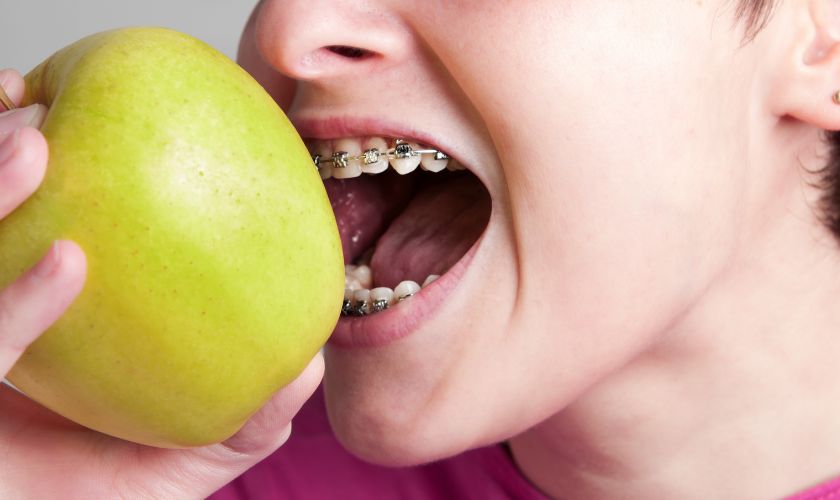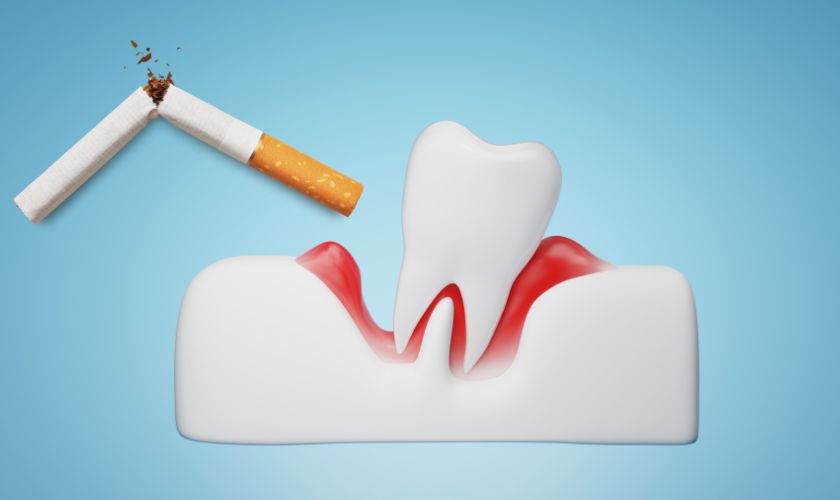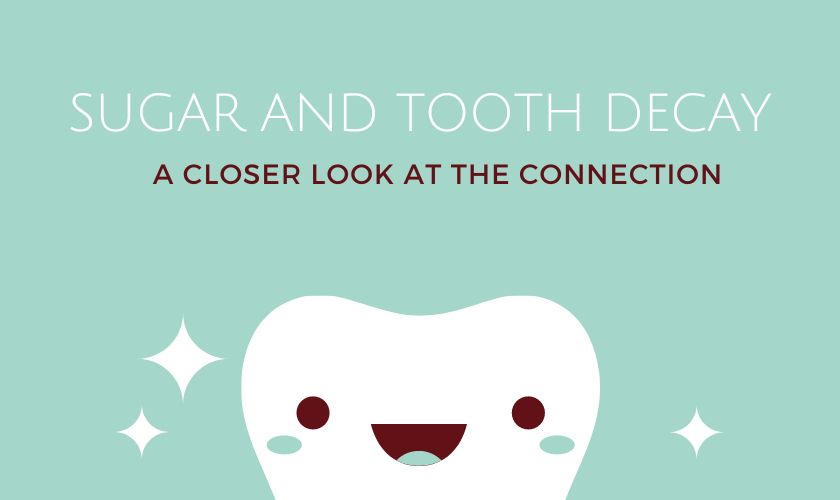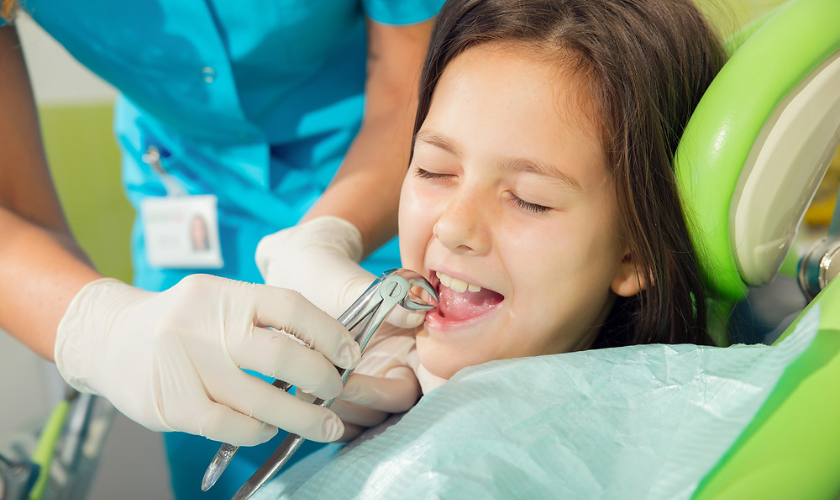A Comprehensive Guide to Understanding the Duration of Gum Healing After Extraction
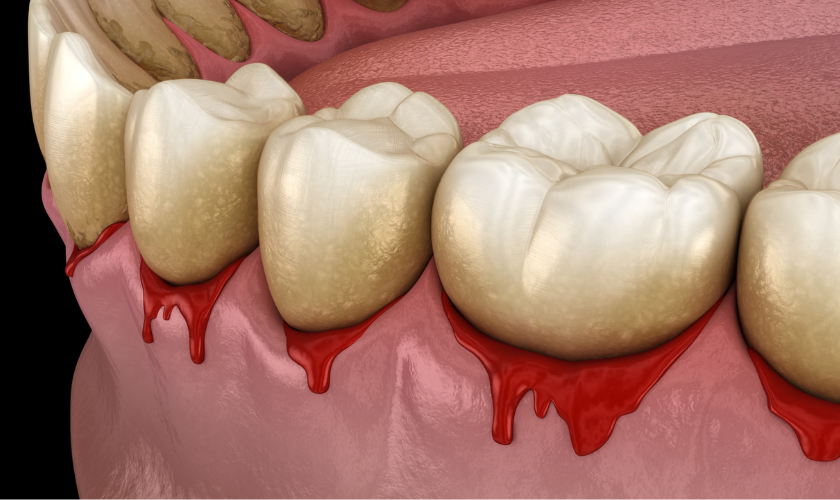
Oral health is an integral part of our overall well-being, and dental extractions are sometimes necessary to maintain or restore optimal oral health. One of the primary concerns for individuals undergoing tooth extraction is the healing process of the gums, which plays a pivotal role in the overall recovery. In this comprehensive guide, we will delve into the intricacies of gum healing after extraction, exploring the timeline, influencing factors, and essential post-extraction care.
The Immediate Aftermath: First 24-48 Hours
The journey of gum healing commences immediately after the extraction of a tooth. The first 24-48 hours are crucial for the formation of a blood clot at the extraction site. This clot acts as a protective barrier, preventing excessive bleeding and initiating the healing cascade. Dentists typically instruct patients to bite down on gauze after the extraction to facilitate clot formation and reduce bleeding.
During this initial phase, it is imperative to follow post-operative instructions meticulously. Patients should avoid vigorous rinsing or spitting, hot beverages, and solid foods to ensure the stability of the blood clot. Adherence to these guidelines lays the foundation for the subsequent stages of gum healing.
Days 2-7: Early Inflammation and Swelling
As the immediate post-extraction period unfolds, patients may experience inflammation and swelling around the extraction site. This is a natural response of the body’s immune system to the trauma incurred during the extraction. To mitigate these effects, applying an ice pack at intervals of 15-20 minutes can help minimize swelling and alleviate discomfort.
During this phase, patients are advised to refrain from strenuous physical activity, as it can exacerbate swelling and impede the healing process. Following prescribed pain medication and antibiotics is crucial to manage pain and prevent infection. It’s essential to be mindful of these early signs of healing and provide the gums with the care and rest they require.
Week 2-3: Granulation Tissue Formation
Moving into the second and third weeks post-extraction, the focus shifts to the formation of granulation tissue. This tissue is pivotal for wound closure and the development of new blood vessels. While many patients experience a reduction in swelling and discomfort during this period, some may still encounter mild pain and bruising.
Maintaining proper oral hygiene is paramount at this stage. Dentists often recommend gentle rinsing with a saltwater solution or a prescribed mouthwash to keep the extraction site clean and minimize infection risk. Avoiding tobacco use and abstaining from alcohol contribute to a smoother healing process.
Week 4-6: Soft Tissue Healing
Around the fourth to sixth week post-extraction, the emphasis turns to soft tissue healing. The gum tissue surrounding the extraction site begins to regenerate and cover the wound, fostering a more stable and protective environment for the underlying bone. During this phase, patients typically notice a decrease in pain and swelling, signaling the gradual return to normal oral function.
Maintaining a soft diet during the initial weeks is crucial to avoid putting excessive pressure on healing gums. Incorporating nutrient-rich foods supports the healing process. Patients must continue adhering to oral hygiene practices, gently brushing the surrounding teeth and the extraction site to prevent bacterial buildup.
Beyond 6 Weeks: Bone Healing and Maturation
As soft tissue healing progresses, attention shifts to the underlying bone during the fourth to sixth weeks. The body replaces the initial blood clot with stronger bone tissue, contributing to a more robust and resilient healing process. By this stage, many patients experience a significant reduction in pain and swelling, allowing for the gradual reintroduction of more solid foods into their diet.
It’s essential to remain cautious and avoid overly hard or crunchy foods that could disrupt the ongoing healing process. While most gum healing occurs within the initial weeks, complete bone remodeling and maturation may take several months, with the final outcome varying among individuals.
Factors Influencing Healing Time
Several factors can influence the timeline for gum healing after extraction. While the general stages of recovery remain consistent, individual experiences may vary based on factors such as.
- Overall Health Individuals with underlying health conditions, such as diabetes or autoimmune disorders, may experience delayed healing. Maintaining good overall health and managing chronic conditions positively impacts the recovery process.
- Oral Hygiene Practices Adhering to post-operative care instructions, including proper oral hygiene practices, is crucial for a smooth recovery. Neglecting oral care can lead to complications such as infection, potentially prolonging the healing process.
- Smoking and Tobacco Use Tobacco use, including smoking, significantly impedes the healing process. Nicotine restricts blood flow, reducing the supply of oxygen and nutrients to healing tissues. Patients are strongly encouraged to abstain from smoking during the recovery period.
- Age Younger individuals tend to heal more quickly than older adults. Aging can affect the body’s natural healing processes, potentially extending the overall recovery time.
- Tooth Complexity The complexity of the extraction procedure can influence healing time. Simple extractions may result in a quicker recovery compared to more complex procedures, such as surgical extractions or those involving impacted teeth.
Post-Extraction Care Guidelines
To optimize the healing process and minimize the risk of complications, patients should follow these post-extraction care guidelines.
- Adhere to Dentist’s Instructions Diligently follow post-operative care instructions provided by the dentist. This includes taking prescribed medications, avoiding certain foods, and refraining from activities that could disrupt the healing process.
- Maintain Oral Hygiene Gently brush the teeth surrounding the extraction site using a soft-bristled toothbrush. Avoid vigorous brushing that could irritate healing gums. Dentists may recommend a saltwater rinse or a prescribed mouthwash to keep the area clean.
- Avoid Tobacco and Alcohol Smoking and tobacco use can significantly impair the healing process. Patients are advised to abstain from these substances during the recovery period. Similarly, minimizing alcohol consumption supports overall health and recovery.
- Monitor for Signs of Complications Keep an eye out for signs of infection or other complications, such as persistent pain, swelling, redness, or discharge. If any concerning symptoms arise, contact the dentist promptly for evaluation.
- Maintain a Soft Diet During the initial weeks post-extraction, opt for a soft diet that minimizes chewing and pressure on healing gums. Include nutrient-rich foods to support overall health and healing.
The journey of gum healing after tooth extraction is a dynamic and intricate process that unfolds over several weeks and months. While each individual’s experience may vary based on factors such as overall health, oral hygiene practices, and the complexity of the extraction, adherence to post-operative care instructions remains paramount.
Understanding the stages of gum healing, from the immediate post-extraction period through granulation tissue formation, soft tissue healing, and bone healing, empowers individuals to navigate the recovery process more effectively. By prioritizing oral hygiene, avoiding harmful habits, and closely following the guidance of dental professionals, patients can contribute to a smoother and swifter journey toward optimal gum health after extraction.
More to Read:
Previous Posts:
Next Posts:
